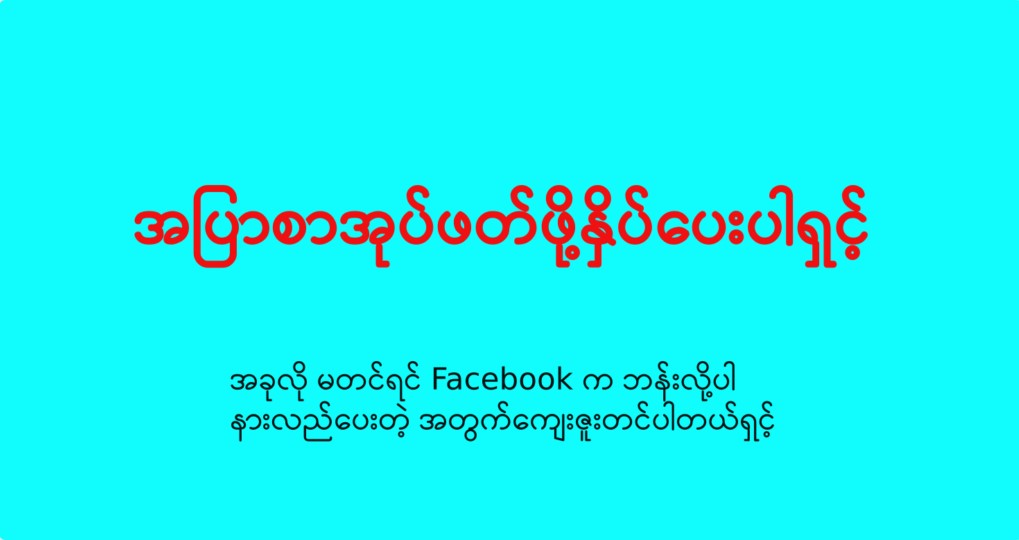Creating eye-catching designs for web and print requires a blend of creativity, technical skills, and an understanding of design principles. Adobe Photoshop is a powerful tool that can help you achieve stunning results, whether you’re designing for digital platforms or print media. Here, we explore some essential tips and techniques to help you create visually appealing designs that captivate your audience.
Understanding Design Principles: Before diving into the technical aspects, it’s important to have a solid understanding of design principles. These principles include balance, contrast, alignment, repetition, and hierarchy. By applying these principles, you can create harmonious and visually appealing designs that effectively communicate your message.
Layer-Based Editing: Photoshop’s layer-based editing system is a fundamental feature that allows you to work on different elements of your design separately. This non-destructive editing technique provides flexibility and control, enabling you to make adjustments without affecting the entire composition. Use layers to organize your design elements, experiment with different layouts, and achieve professional-quality results.
Typography and Text Effects: Typography plays a crucial role in design, whether for web or print. Choose fonts that complement your design and enhance readability. Experiment with different font styles, sizes, and colors to create visual interest. Use text effects such as shadows, glows, and bevels to add depth and dimension to your typography, making it stand out.
Color and Contrast: Color is a powerful tool in design that can evoke emotions and convey messages. Choose a color palette that aligns with your brand or project and use it consistently throughout your design. Pay attention to contrast, as it helps create visual hierarchy and ensures that important elements stand out. Experiment with different color combinations to find the perfect balance.
Custom Brushes and Textures: Photoshop’s brush tool is incredibly versatile, allowing you to create custom brushes and textures that suit your artistic style. Use brushes to add unique textures, patterns, and details to your design. Experiment with different brush settings, such as opacity, flow, and blending modes, to achieve a variety of effects and enhance the overall visual appeal.
Creative Filters and Effects: Photoshop offers a wide range of creative filters and effects that can transform your designs. Experiment with artistic filters like Oil Paint, Watercolor, and Poster Edges to give your images a unique look. Use effects such as Gaussian Blur, Sharpen, and Noise Reduction to enhance the quality of your photos. Combining multiple filters and effects can lead to stunning and original designs.
Smart Objects and Non-Destructive Editing: Smart Objects are a powerful feature in Photoshop that allows you to work with images and other elements non-destructively. By converting a layer to a Smart Object, you can apply transformations, filters, and adjustments without permanently altering the original content. This flexibility is invaluable for complex projects and ensures that you can always revert to the original state if needed.
Design for Different Mediums: When designing for web and print, it’s important to consider the specific requirements of each medium. For web design, focus on optimizing images for fast loading times and ensuring that your design is responsive across different devices. For print design, pay attention to resolution, color profiles, and bleed settings to ensure high-quality prints. Understanding the nuances of each medium will help you create designs that look great both online and in print.
Continuous Learning and Inspiration: Design is an ever-evolving field, and there is always something new to learn. Stay updated with the latest design trends, techniques, and tools by exploring online tutorials, courses, and forums. Practice regularly to refine your skills and develop your unique design style. Join online communities and participate in challenges to gain inspiration and feedback from fellow designers.
In conclusion, creating eye-catching designs for web and print involves understanding design principles, mastering layer-based editing, experimenting with typography and text effects, using color and contrast effectively, incorporating custom brushes and textures, applying creative filters and effects, utilizing Smart Objects, and designing for different mediums. By embracing continuous learning and practice, you can elevate your design skills and create visually stunning works that captivate and inspire.


Leave a Reply